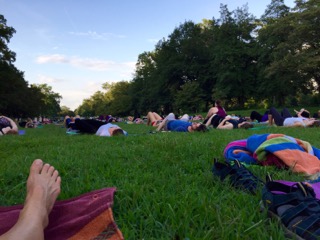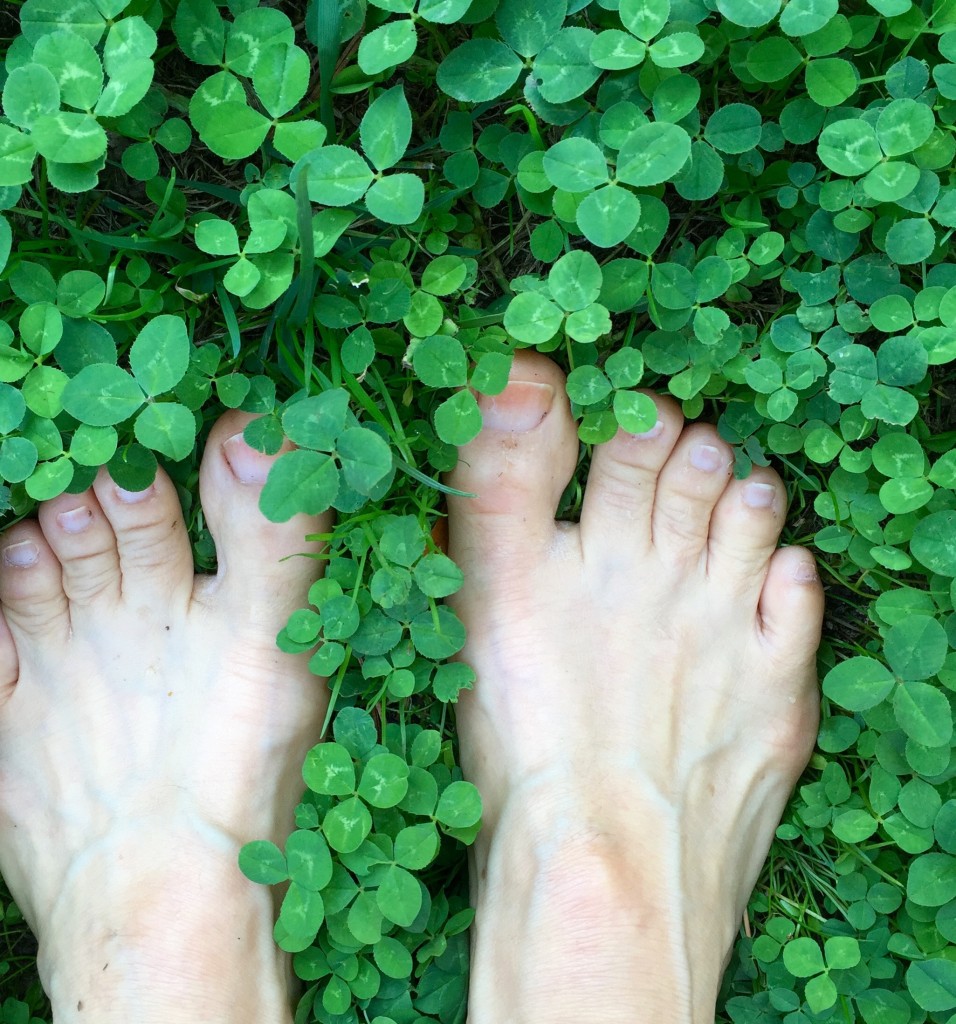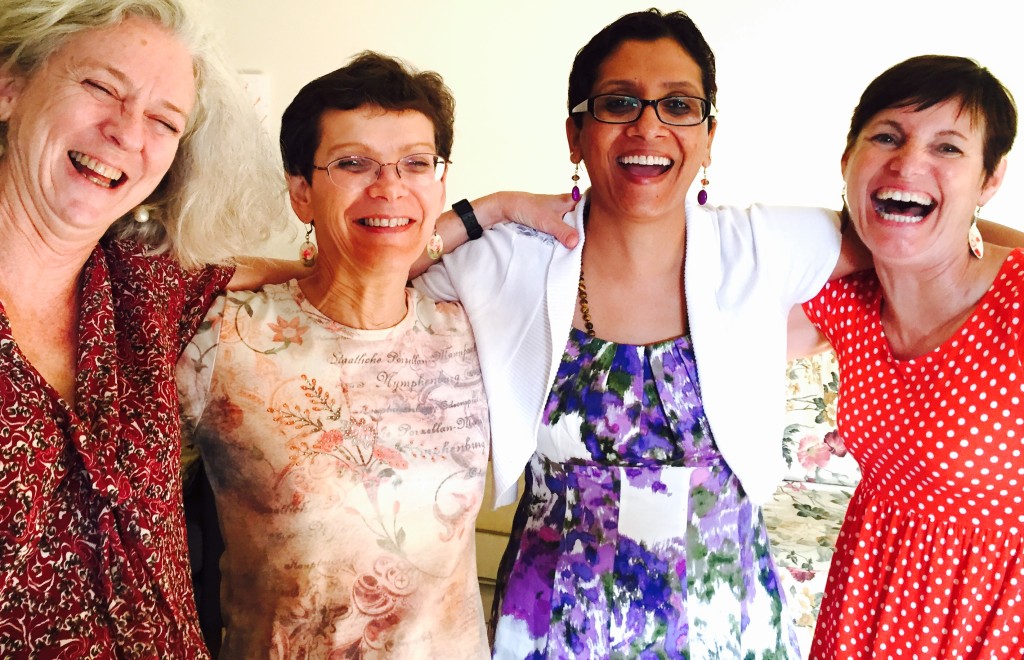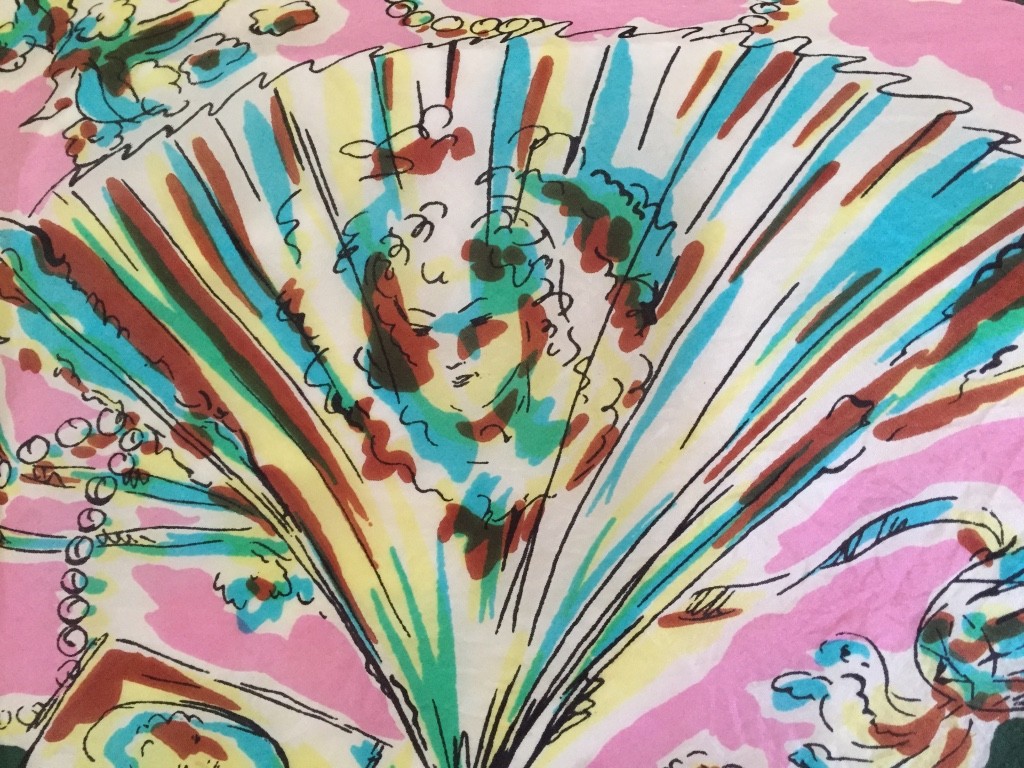
In September, I rode an amazing horse named Duke. It was a birthday gift from my husband. A wonderful one. I was surprised at how the ride began for me. When I sat in the saddle, I felt fear. This was new…all my younger life I rode horses and ponies. Never afraid. So I was perplexed by this new emotion in the saddle.
We rode for 3 hours on rocky, muddy, pine-strewn wooded trails in Nelson County, Virginia. I realized early on that my breath was going to be my friend, and so was this horse. After I settled in, kept noticing my physical sensations, breathing, while keeping heels down and hands relaxed, I realized this was a trust experience. Trusting both myself and Duke. Later, when slipping down a muddy embankment, I asked our guide Kenton what the best way to approach this. Kenton said, “Trust your horse, let him go, he knows what to do”. Sure enough, Duke did. His feet were steady, breath deep and constant.
I took away visceral memories from this day…the smell of horses so familiar to me, what I learned from watching their breath, how I brought my mindfulness, yoga, and body awareness into a joyful, challenging experience. The thoughtful gift from Jim.
That’s what coaching does. Helps you trust who you are, what you value, what health–your whole health— means to you. Coaching is like having someone else in a tandem kayak, or riding along beside you as you gather the reins and move toward mindful awareness of goals.









